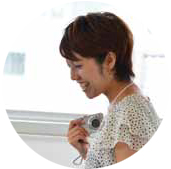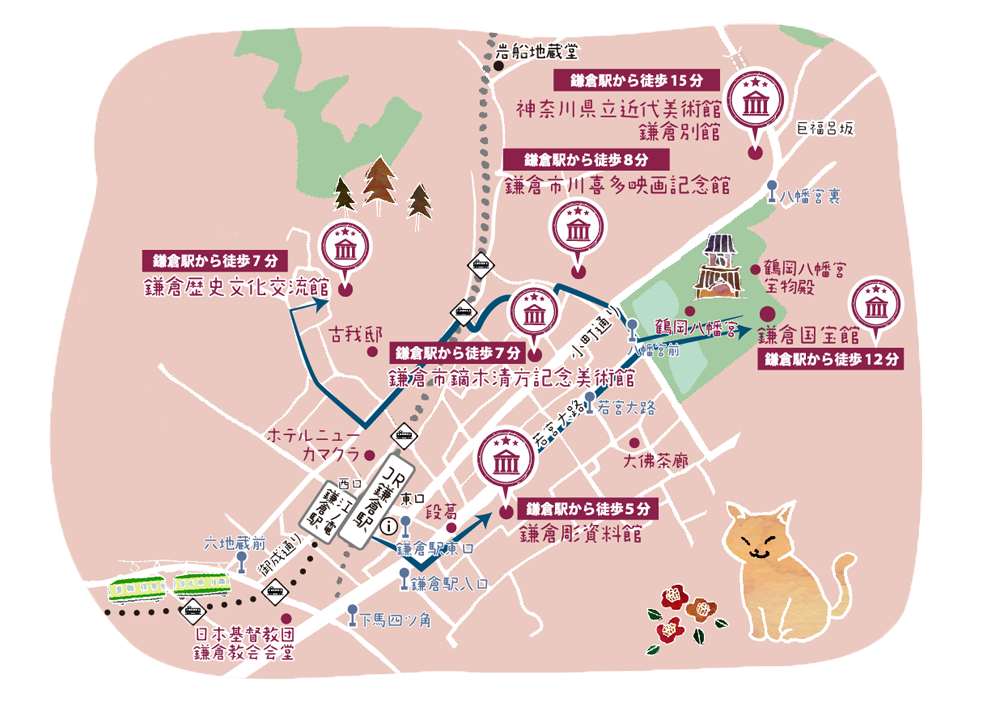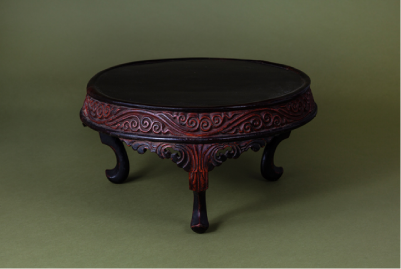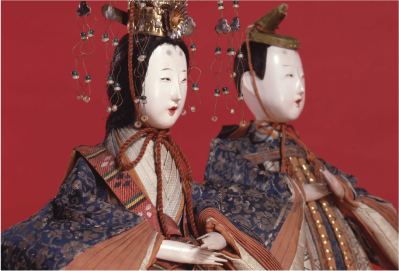
 Kamakura Station Start
Kamakura Station Start
This tour starts from Kamakura Station Kamakura is home to many traditional handicrafts.
We begin by exploring these cultural treasures!
 Curator's recommends
Curator's recommends

Komachi
I've heard that Kamakurabori is a handicraft closely associated with Kamakura. But what is it?
Shirasu
To find out, let’s visit the museum.
I've heard that Kamakurabori is a handicraft closely associated with Kamakura. But what is it?
Shirasu
To find out, let’s visit the museum.
Tamura Sari, Curator at Kamakurabori Museum
Welcome to Kamakura!
My name is Tamura Sari and I am a curator at the Kamakurabori Museum.
Kamakurabori is a type of carving influenced by Chinese handicrafts. It is said to have been developed in Kamakura—a city famed for its warrior culture.
This three-legged table with a guri pattern is the oldest carved object in our collection.
My name is Tamura Sari and I am a curator at the Kamakurabori Museum.
Kamakurabori is a type of carving influenced by Chinese handicrafts. It is said to have been developed in Kamakura—a city famed for its warrior culture.
This three-legged table with a guri pattern is the oldest carved object in our collection.


Komachi
The curved legs are like cute cat’s legs.
How old is it?
The curved legs are like cute cat’s legs.
How old is it?
Tamura Sari, Curator at Kamakurabori Museum
It dates back to the Muromachi period. With those curved legs it looks like a truly adorable desk. Actually, though, it is actually a splendid Buddhist ritual implement. The gurimon pattern of continuous spirals is a traditional Chinese pattern brought to Japan. The free and rhythmical pattern of the carving is very Chinese.


Shirasu
The Muromachi period! That was a long time ago.
Komachi
What a pretty pattern. I remember using a chisel in arts and crafts class in elementary school. Carving circles was very hard.
The Muromachi period! That was a long time ago.
Komachi
What a pretty pattern. I remember using a chisel in arts and crafts class in elementary school. Carving circles was very hard.
Tamura Sari, Curator at Kamakurabori Museum
The chisel used to carve the curved lines for Kamakurabori is a little different from the ones you used at elementary school. The museum offers classes in Kamakurabori carving. Wouldn’t you like to sign up for one?
At Café Guri, our museum café, you can also enjoy a meal served on Kamakurabori dishes. Do stop by for a bite after your visit here.
At Café Guri, our museum café, you can also enjoy a meal served on Kamakurabori dishes. Do stop by for a bite after your visit here.

 10minutes-walk
10minutes-walk
 Curator's recommends
Curator's recommends
Namikawa Mikio, Curator, Department of Cultural Assets, Kamakura
Hello.
My name is Namikawa Mikio and I am a curator at Kamakura’s Department of Cultural Assets.
My name is Namikawa Mikio and I am a curator at Kamakura’s Department of Cultural Assets.


Komachi
What is your top recommendation for handicrafts?
What is your top recommendation for handicrafts?
Namikawa Mikio, Curator, Department of Cultural Assets, Kamakura
My top recommendation is our collection of hina dolls. We display it for the Dolls Festival on March 3 every year.


Shirasu
What kinds of hina dolls?
What kinds of hina dolls?
Namikawa Mikio, Curator, Department of Cultural Assets, Kamakura
We show a quite a variety, including the Kyohobina dolls, a type of large hina doll that was very popular in the mid-Edo period, and the tachibina standing dolls, which are considered the prototype for the modern variety of hina dolls. We also have a selection of ornamental goten palaces and tiered stands for the dolls, as well as gosho-ningyo, and exquisite miniature implements made from makie, glass, or china.


Komachi
The Doll Festival has been celebrated for a long time, hasn't it. The Kyohobina dolls with their almond eyes and red lips are exquisite.
The Doll Festival has been celebrated for a long time, hasn't it. The Kyohobina dolls with their almond eyes and red lips are exquisite.
 15minutes-walk
15minutes-walk
 Curator's recommends
Curator's recommends

Komachi
Are there any traditional Kamakura handicrafts on display at the Kamakura Museum of History and Culture?
Are there any traditional Kamakura handicrafts on display at the Kamakura Museum of History and Culture?
Takahashi Shinsaku, Curator, Kamakura Museum of History and Culture
Along the corridor from the entrance, we have displays introducing crafts that have been handed down the generations from medieval times. The exhibits include swords made in the tradition of the sword-smith Masamune, armor and helmets modeled on a suit of armor presented to Shigetada Hatakeyama, horseback archery, and Kamakurabori carvings. These exhibits serve as an introduction before visitors enter the history galleries, showcasing the dual significance of skills that are both techniques and occupations.


Shirasu
Amazing! Definitely worth a visit.
Amazing! Definitely worth a visit.
 15minutes-walk
15minutes-walk
Search by themes
Search by areas
- Kita-Kamakura Station area
- Kamakura Station area
- Yuigahama Station area
- Hase Station area
- Gokurakuji Station area











